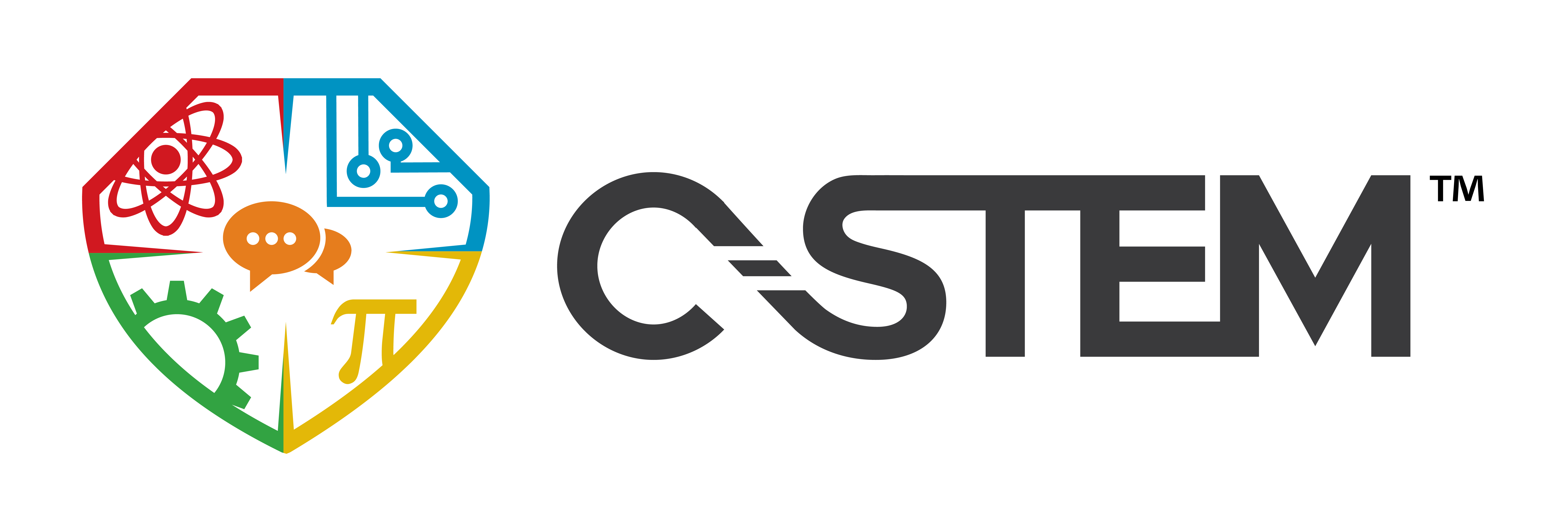Written by: Reagan Flowers, PhD
Hands-on learning can narrow achievement gaps that Black and female students face with university chemistry courses–they either make or breaks you, according to a recent University of Washington study. Low final grades in mathematics, science, technology, and engineering courses have been directly linked to many Black and female students abandoning study. The findings of this study are not surprising and continue to be deeply concerning.
At the high school level, the achievement gap in science performance between students at high-poverty schools and low-poverty schools was 39 points as of 2015. Without question, failure to properly prepare Black, Hispanic, and female students through rigorous STEM courses in high school does impact their performance at the university level. The inequities must be dealt with at the K-12 level if there is to be improved performance at the University level.
To close achievement gaps, investments that support teaching beyond traditional textbooks is essential. The federal government only directs a little over 8% of its total budget to K-12 education.
There are a number of reasons why chemistry is more difficult for minority and female students which includes many middle and high schools not providing students with quality lab and field experiences. We will look at why challenges continue to persist in STEM subjects, particularly chemistry and ways we can help address this problem. It is time we fund education at a level that outpaces funding being applied to building prisons, policing, etc.
Why Students Struggle in Chemistry
Chemistry is very difficult for many students, as the concepts covered are so abstract. Discussing elements that can’t be seen, like oxygen and helium, is challenging, even more so for more visual learners. In many cases, textbooks have not been updated in decades, and includes explanations and language that are overly wordy, difficult to understand, and not relatable.
When students have a tough time understanding text and have not received the foundational instruction required to take high school Chemistry, many struggle or receive mastery marks that provide a false since of preparation. Experiential learning has a tendency to help students become self-directed in their learning where they seek out resources that support their learning. Teachers and parents play a key role in teaching students how to locate resources, and how to communicate their challenges with certain skills. When it comes to getting all students on level academically, it should never be assumed that they have learned this skill through their everyday lives. These skills must be incorporated in the classroom and parents must build this skill into lived experiences at home.
When there are a lack of resources and opportunities, there is no question that performance levels in chemistry will suffer. Many schools do a great job providing resources and services that cover meals, backpacks, uniforms, and notebooks; however, such programs that fund chemistry labs are often in short supply. With a subject that can be frustrating and difficult to learn because of its abstract nature, hands-on learning is essential to success in STEM, and more specifically in chemistry. To bridge the gap, funding is required as it is in short supply when it comes to schools with high enrollment levels of minority students. There is a need to increase state and federal funding to provide high quality lab experiences necessary to succeed post high school along the K-12 trajectory. Preparing students to successfully matriculate through chemistry courses in high school and university should be the norm, not a roll of the dice.
Lack of Exposure to Chemistry
It can be hard to believe that chemistry is not a required course in many high schools, and elementary and middle schools generally do not focus on chemistry. Yet, when many students get to college, chemistry is a new required foreign challenge. A marked achievement gap between Black, Hispanic, female and White students becomes more apparent.
With no background in the subject, and with higher education expectations of students figuring it out themselves, many minority and female students assume they don’t have what it takes to successfully pursue a STEM degree, particularly in Chemistry or Engineering. In truth, they don’t have the preparation they need in science, mathematics, self-directed learning habits of mind, or study skills. It is critically important that we help students develop habits that motivate them about learning and directs them in understanding how and where to get the help they need.
It is crucial that all schools have the resources they need to incorporate chemistry early and often and parents need to continue to remind law makers of the funding their schools and community require to make this happen. Educators and parents need to think and work outside the box to bridge learning gaps in hands-on ways in schools, homes, and communities. The younger we start with students, the better able they will become with grasping and retaining STEM knowledge and skills that are transferable to chemistry and STEM degree programs at university.
When students are taught how to be self-directed with their learning, they are better able to embrace new challenges and subjects, and remove roadblock.
Curriculum Development
University partnerships with K-12 schools is essential and ensures they are setting their students up for success when developing science curriculum. For example, in Michigan, chemistry students from Kalamazoo College designed and helped K-6 students carry out inquiry-based lab experiments. This helped the students create a connection between textbook learning and real-life application. Through the experiments, students also developed problem-solving and communication skills. Communication is a skill many students of poverty are challenged with, particularly Black students.
Ultimately, higher education partnerships with K-12 school like this, in addition to developing thoughtful curriculum, increases students chances for success at university. As we discussed earlier, if students find success early on in STEM college courses, they are shown to continue on, and therefore pursue promising STEM careers following graduation.
The Role of Math
Math and science go hand and hand. Studies have also shown that students who have a stronger background in math will also show better achievement in college chemistry courses. It’s important that math lessons also include hands-on activities. This is the best way to gauge whether students are truly understanding concepts in a lasting way, as opposed to simply learning enough to pass a quiz or a course. Hands-on math activities, whether finger counting for kindergartners, more complex math games in later grades, or painting a mural using sacred geometry, has been shown to increase learning and retention.
Just as there is a need to increase state and federal funding in schools that serve high percentages of Black students to provide high quality chemistry lab experiences, the same is true with providing math resources and experiential learning to apply math principles.
Learning at Home
As with all STEM subjects, finding ways to incorporate hands-on learning at home will also help support academic success. At home activities could include making your own bath bombs, making invisible ink or recycling paper. You can do a quick online search to find explanations about the chemical reactions taking place, so you can explain how the process works with ease to your student. The resources are at a finger tips. Just as we have become comfortable with teachers not being the expert on all things, it is time for parents to become comfortable with being master facilitators of their student(s) learning.
Online Resources
There are many online resources that make incorporating chemistry at home easier. Here are just a few to start:
- Thought Co. provides everyday chemistry experiments you can do with your kids, complete with instructions, materials and takeaways to focus on
- Little Bins Little Hands provides detailed pictures and videos to help you achieve successful chemistry experiments
- The American Association of Chemistry Teachers provides chemistry resources tailored to specific grade levels
- IFLScience provides chemistry-specific experiments and fun articles
Building a Strong Foundation
In closing, every student needs the support and resources to build a strong foundation in chemistry and math long before they get to college. It is one piece of the puzzle for all of us — teachers, school systems, parents, support services, and the community at large — to solve. Another piece of the puzzle is helping students build a mindset of confidence and ability, particularly with underserved populations.
We are always looking for C-STEM volunteers to help further this very mission. Click here to learn how you can get involved.






